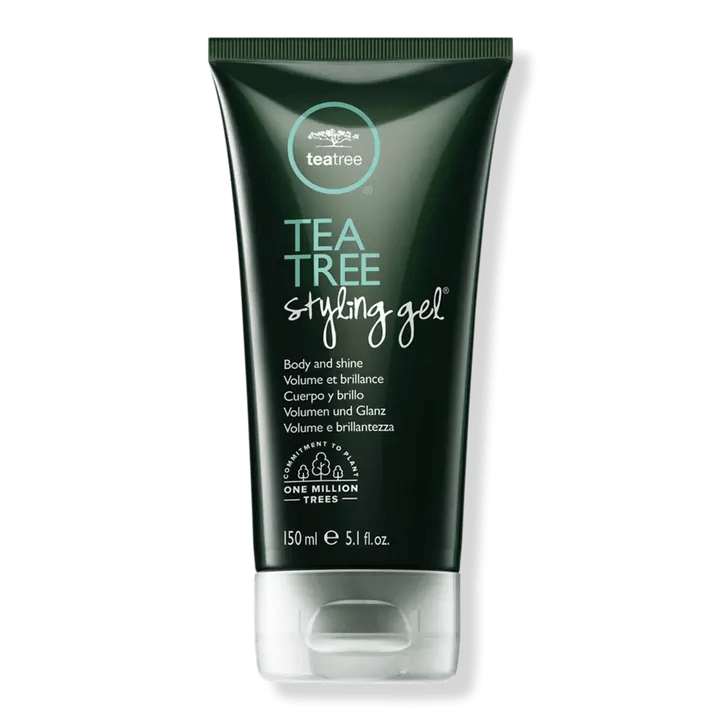Stylists and Allergists Are Begging You To Stop Using Hair Gel During Allergy Season—Here’s Why
“Hair gel can attract pollen due to its sticky texture,” says Katelyn Ellsworth, natural color and extension specialist, founder of The Roslyn Salon in San Diego. “Pollen grains are small and lightweight, so they can easily attach to the hair gel and get trapped in it.” Yep, add that to our growing list of Why Pollen Season Is the Worst, which already includes allergy symptoms and even gastrointestinal issues. Even though the pollen isn’t necessarily getting inside your nose and mouth because of the hair gel, it can still lead to problems. “This can make allergies worse, as the pollen can stick to the hair and irritate the scalp,” Ellsworth continues, noting this is especially true for hair gels that have lots of glycerin, an extra sticky substance.
So what can you do?
Thankfully, this doesn’t mean you have to skip out on the gel part of your hair care routine during springtime. You have a few options, ranging from rethinking your outfit to changing the products you use.
Change which gel you’re using
Another idea: Use a special kind of gel that’s more allergy-friendly. “When it comes to choosing hair gel or similar products during pollen season, it’s best to look for ones that are hypoallergenic and free of fragrances or harsh chemicals,” Ellsworth says. More specifically, she recommends gels that have aloe vera, chamomile, or tea tree oil, as these “are known for their soothing properties and can help reduce inflammation and irritation caused by pollen.”
Adjust your usage
When you apply hair gel matters, too. “One of the best practices is to apply hair gel after showering, when the hair is still damp,” Ellsworth says. “This can help to reduce the amount of pollen that gets trapped in the hair gel.” Additionally, she encourages using less hair gel during the spring season, and even avoiding it when the pollen count is high. (You can check the daily pollen count on Pollen.com’s map.)
{{post.sponsorText}}
Get clean once you’re home
Using a gentle shampoo to scrub your scalp thoroughly after being outdoors, Ellsworth adds, is an important step to take when you’re back inside to remove pollen particles ASAP. And until then, be mindful of what you touch. “Don’t touch your eyes/nose/mouth, which can increase pollen exposure and worsen symptoms,” adds Neeta Ogden, MD, allergist and spokesperson for the Asthma and Allergy Foundation of America (AAFA).
Wear a hat or large headpiece
Whether or not you use hair gel, this rec is one for you. “If you are going to be outside for extended periods of time and are worried about pollen exposure, it is best to cover your head/hair,” says Dr. Ogden. (Well+Good previously shared some super cute bucket hats that fit the bill!) When you get home, she suggests putting that headpiece or hat in a contained area so the pollen doesn’t get all over your house.
Stick with the usual advice
Otherwise, when it comes to your yearly runny nose, congestion, and watery eyes, your best bet is probably what you’re already doing. “To reduce your exposure to pollen, limit outdoor activities when pollen counts are high,” Dr. Ogden says. She also recommends wearing sunglasses and even a mask if you’d like to further protect your eyes, airways, and body from the peskiness of pollen. And, when needed (and given your doctor says it’s okay), grab an antihistamine or nasal spray to fight your symptoms reactively. While the pollen that comes with springtime is definitely a sticky situation, remember options like these can make the season more smooth.
Loading More Posts...


